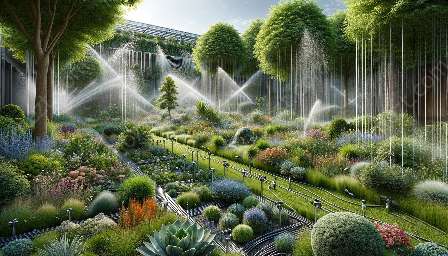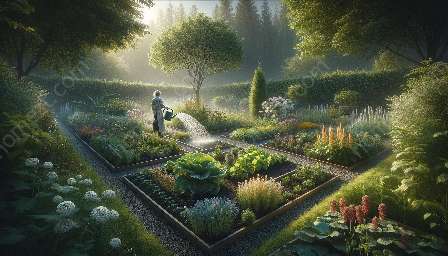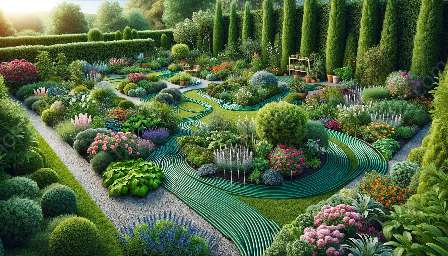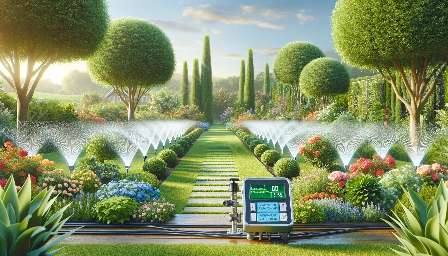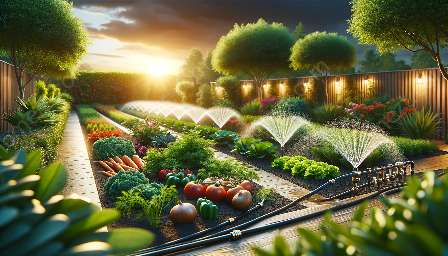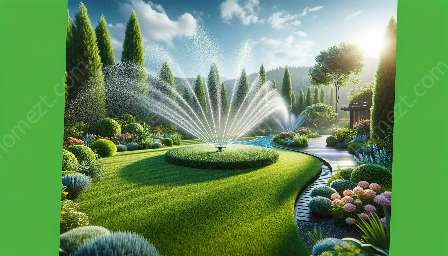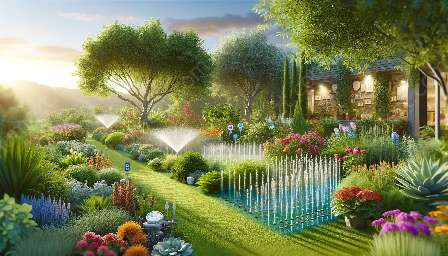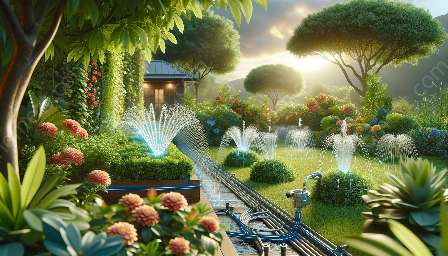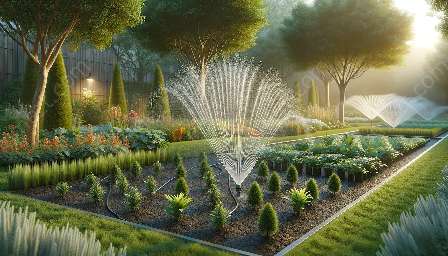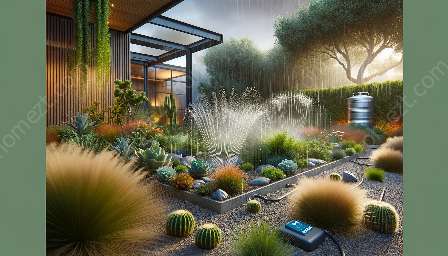Watering flowers is an integral part of gardening and landscaping, ensuring vibrant, healthy blooms that enhance the beauty of your outdoor space. By understanding watering techniques and implementing proper practices, you can nurture your flowers to thrive.
Understanding Soil and Watering Needs
Before delving into watering techniques, it's essential to understand the soil and watering needs of your specific flower types. Different plants have varying requirements when it comes to moisture, and the soil composition also plays a crucial role in effective watering. Some flowers may thrive in well-draining soil, while others prefer moisture-retentive substrates.
Choosing the Right Watering Method
When it comes to watering your flowers, several methods can be employed to ensure proper hydration. Whether it's hand watering with a watering can, utilizing drip irrigation systems, or setting up a sprinkler system, the choice of method should align with the specific needs of your flowers and the overall landscape design.
Best Practices for Watering Flowers
Implementing the following best practices can help you achieve optimal results when it comes to watering your flowers:
- Time of Day: Water your flowers in the early morning or late afternoon to minimize evaporation and ensure efficient uptake of water.
- Deep Watering: Instead of frequent shallow watering, aim for thorough and deep watering sessions to promote stronger root development.
- Watering Frequency: Monitor the moisture levels in the soil and adjust your watering frequency accordingly. Some flowers may require more frequent watering during hot and dry periods, while others may thrive with less frequent hydration.
- Watering Directly: Direct the water at the base of the plants to deliver moisture directly to the roots, avoiding wetting the foliage excessively.
Integrating Watering Techniques into Gardening and Landscaping
As part of your overall gardening and landscaping strategy, effective watering techniques play a pivotal role in nurturing a thriving outdoor environment. Consider the following aspects when incorporating watering practices into your garden and landscape maintenance:
- Plant Selection: Choose flowers and plants that are well-suited to the local climate and water availability to minimize the need for excessive irrigation.
- Irrigation System Design: Evaluate your garden's layout and design a custom irrigation system, such as drip lines or zone-based sprinklers, to deliver targeted water to different areas of your landscape.
- Xeriscaping Principles: Explore xeriscaping techniques that focus on water-efficient landscaping, using drought-tolerant plants and strategic water conservation strategies to create sustainable and visually appealing outdoor spaces.
By integrating these watering techniques and gardening principles, you can create a harmonious and thriving landscape that showcases the natural beauty of flowers while promoting sustainable and water-wise practices.

